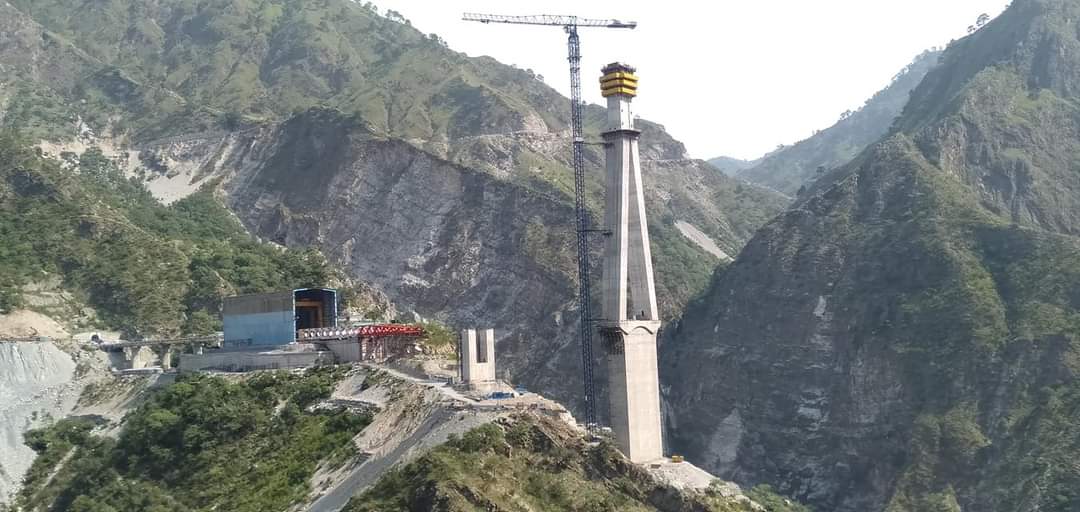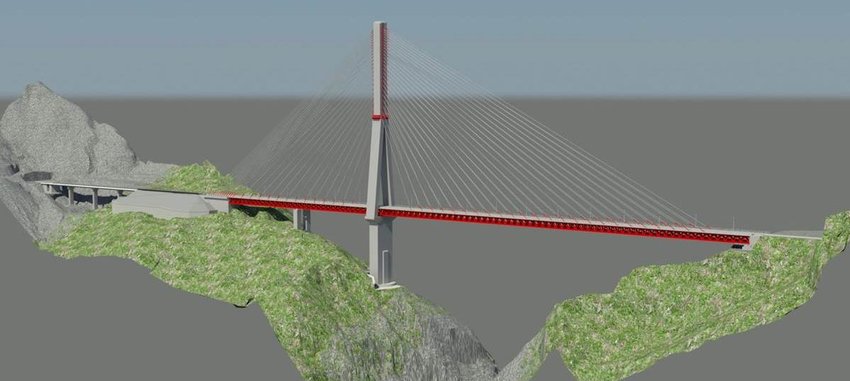The Anji Khad Bridge is a cable-stayed railway bridge (the first of its kind in India) that is being constructed to connect Katra and Resai in the Union Territory (UT) of Jammu and Kashmir as part of the 272 kilometers Udhampur-Srinagar-Baramulla Rail Link (USBRL) project.
The USBRL is being developed by the Konkan Railway Corporation Limited (KRCL) and it is expected to be completed by December 2022 according to Ashutosh Gangal, Northern Railways General Manager.
Anji Khad Bridge, an engineering marvel
The Anji Khad Bridge is touted as one of the engineering marvels of the Indian Railways. It stands at a height of 331 meters above the river bed (Chenab), and it has a total length of 473.25 meters. The length of the viaduct is 120 meters and the central embankment has a length of 94.25 meters.
Also Read: Gordie Howe International Bridge Project timeline and all you need to know
Given the complex geology of the host region, which makes it almost impossible for an arch bridge to be constructed, the Anji Khad Bridge has a single pylon constructed in a vertical slope using micro piles of 40-meter depth all around the circumference of 20 meters well foundation.

Supported by a total of 96 cables the bridge, which has a 1.2 meter-wide central verge and a 14 meter-wide dual carriageway, is reportedly designed to handle heavy storms of strong winds while its concrete pillars have been designed to withstand explosions.
Technology and equipment used in the construction of the Anji Khad Bridge
Several unique technologies and equipment were used in the construction of the Anji Khad Bridge. For example, various sensors will be installed at various locations on the bridge to facilitate access to an integrated monitoring system.
In terms of equipment, a Pump Concreting System arrangement was used to increase efficiency, giving a higher safety for workers and saving the construction time by about 30%. A 25-ton 21CM550 flat-top crane, in Comansa’s 2100 series was also used to overcome the logistical challenges linked to the complicated topography in the project area.

Leave a Reply